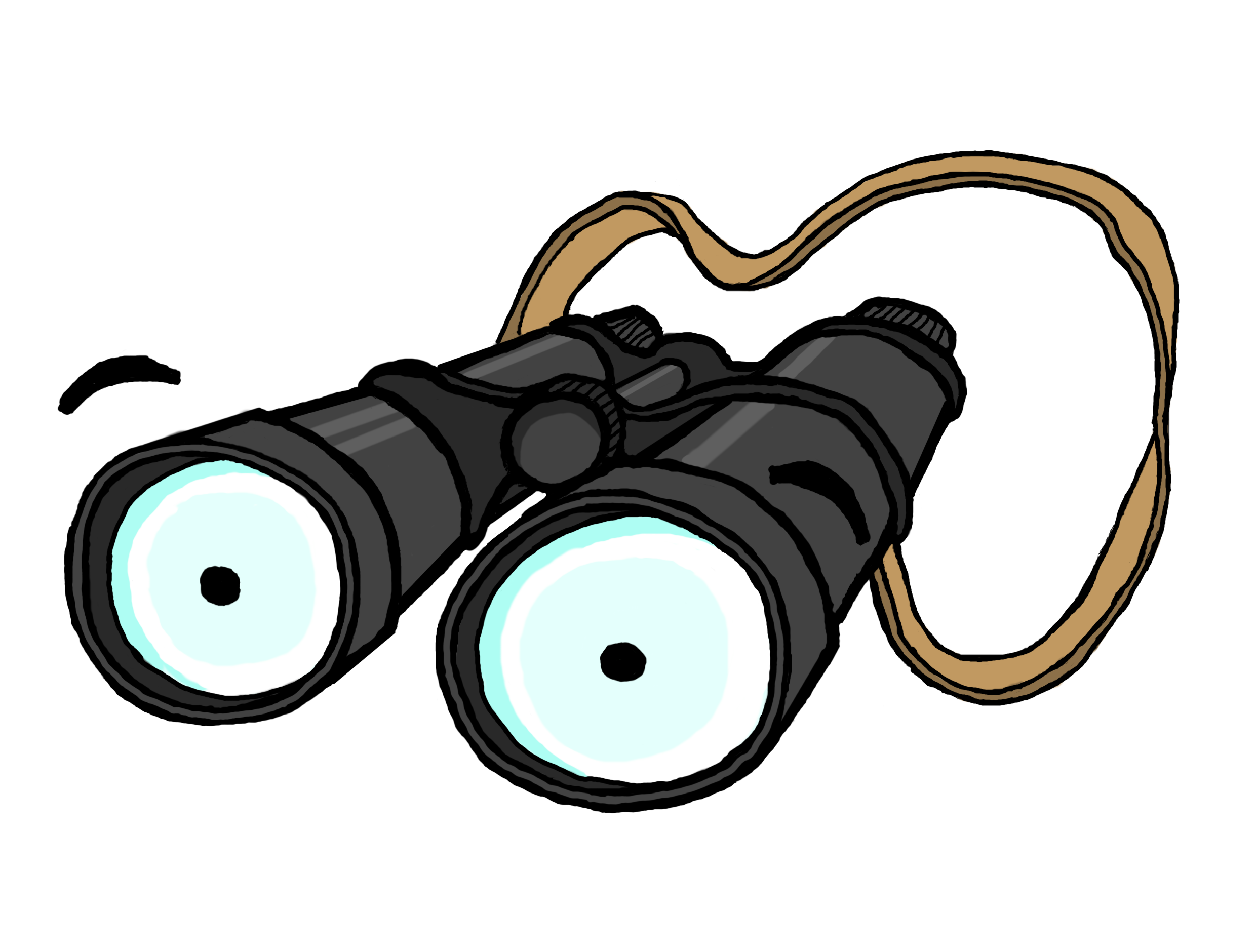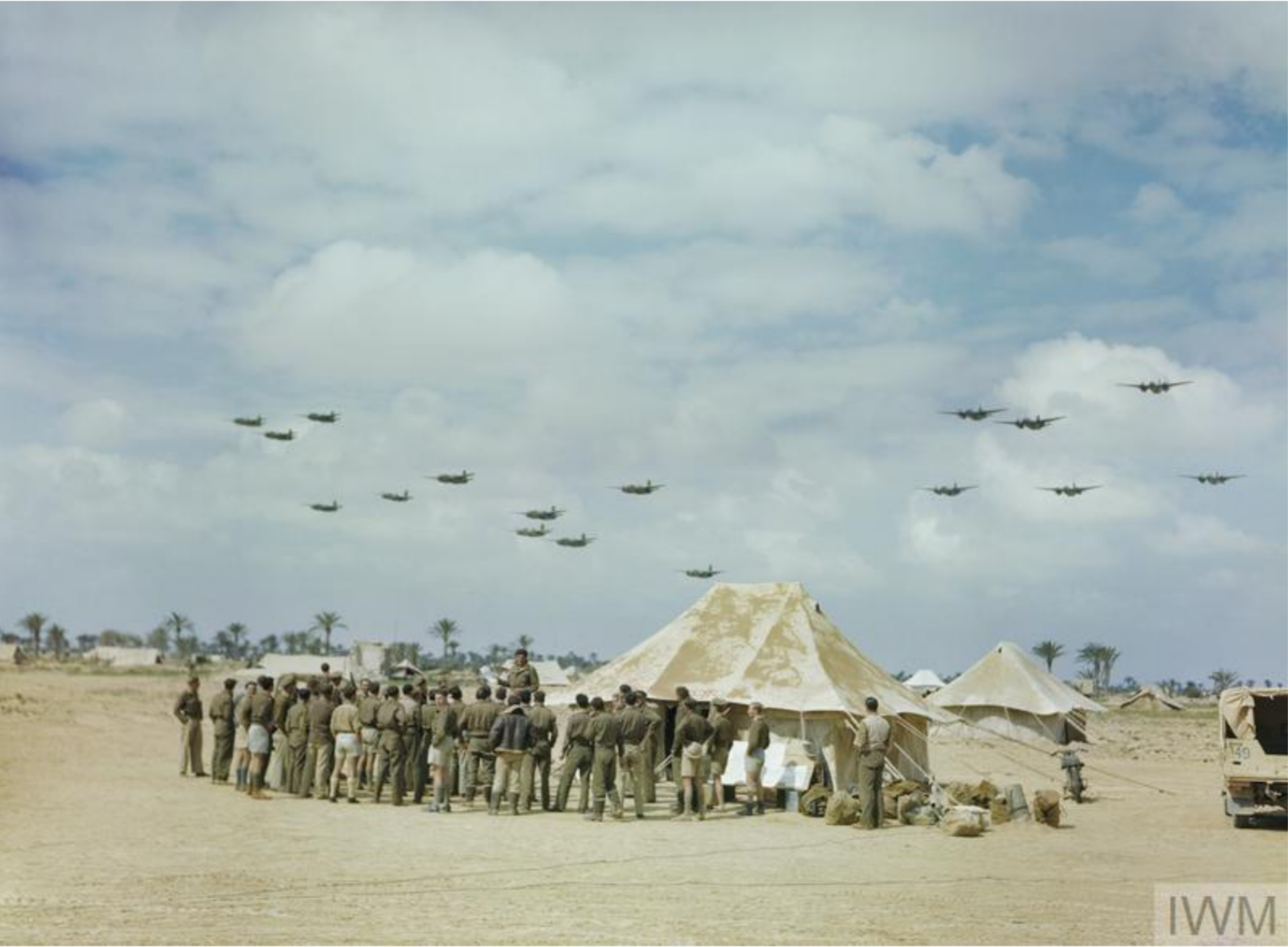Economic Contributions
During the Second World War, the British Colonies in Africa were major contributors of food, raw materials and military material to the British War effort. For example, parts of Africa were important beef producers, supplying this vital foodstuff to Commonwealth forces in the Middle East. In addition, between June 1940 and May 1941 South African factories produced 1,300 military vehicles which were used during British campaigns in North East Africa. East African factories produced clothing, mortar barrels, anti-tank mines and reconnaissance vehicles. Some people were conscripted to work in these industries, which meant they were given no choice but to assist the war effort.
In 1941, Japan joined the Second World War following their attack on Pearl Harbour, and subsequently invaded the British Colony, Burma. This resulted in the Allied forces losing access to certain important raw materials, such as rice, rubber and pyrethrum. As a consequence, Africa’s capacity to produce and manufacture materials took on a new and urgent importance and were vital in the success of the British War Effort.
DID YOU KNOW…?
British Somaliland (part of modern-day Somalia) helped raise £7,363.00 to build Spitfire Planes (£100 in 1941 is worth approx. £4,917.83 today).
The Maasai of Kenya donated 17,926 cattle to the war effort. Cattle were a very precious commodity to the Maasai, so this was a kind gift.
Due to West Africa’s location, it became an important stopping off point for convoys and aircraft travelling between locations around the world. It was also a place where materials could be redistributed from other locations. Planes from Britain and America went to the Middle East and Burma. Between January 1942 and October 1943, 1,000 American Aircraft reached West Africa as a stopping point before fighting in the Middle East. British Empire aircraft would restock before flying to fight in the Burma Campaign and undoubtedly resupplied the West African Division fighting there.
DID YOU KNOW…?
Japan was one of the largest producers of pyrethrum in the world in 1939. Pyrethrum is a type of flower, which can be made into an insecticide. Insecticides were important in helping in agriculture and keeping away mosquitoes from base locations. The loss of this material was of great concern to the Allies. The shortfall was made up by production from Africa. In this situation Africa was vital to Allied pest control and agriculture during the Second World War.
SECOND WORLD WAR CONTENTS:
COMING SOON!
Profiles People
Living through Conflict
Commemoration and Legacy
Artistic Responses to Conflict




